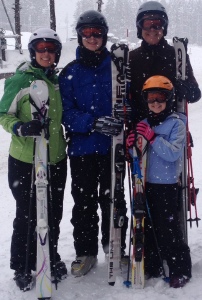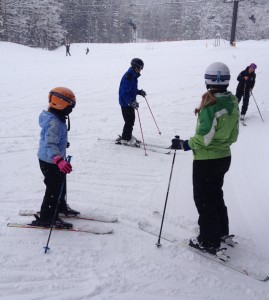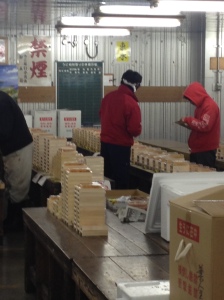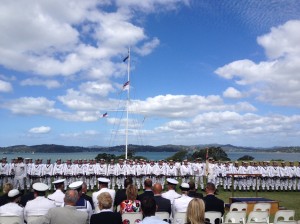While traveling with our children during our family sabbatical, we have combined fun and entertaining activities with enriching, educational opportunities. During our travel in Japan, we visited Hiroshima, the location of the first atomic bombing on 6 August 1945. At that time, Hiroshima was a city of 350,000.

After arriving, we made our way to the Hiroshima Peace Memorial Park. We first went to the A-Bomb Dome, a concrete and metal building near the hypocenter that was severely damaged but still standing after the bombing. The building’s remains serve now as a silent memorial, and it is a gripping place to visit.
Next, we walked through the park to the Peace Flame, which was lighted in 1964 and serves a double purpose. The flame is a memorial to bombing victims, and it will remain burning until nuclear weapons are eliminated from the earth.

Near the flame is a saddle shaped monument that covers a cenotaph with the Register of Deceased A-bomb Victims. It is estimated that as many as 140,000 people died from the bombing, subsequent fires, and radiation sickness. While the vast majority of victims were Japanese, people of other nationalities also died including international workers and prisoners of war. At the monument, a plaque reads: “Let all the souls here rest in peace for we shall not repeat the evil.”
The atmosphere is quiet and somber and provides a helpful space both to remember the devastation and to reflect on the decision to drop the bomb.
After several minutes, we went inside the Hiroshima Peace Memorial Museum. Much of the museum is undergoing renovations, and we were not able to see the portion covering history leading to the bombing.
Our tour began with the bombing itself, and this was quite jarring. The room includes a scale model of Hiroshima showing the detonation point about 600 meters (about 1800 feet) above the ground and the destruction inflicted across the city. Exhibits include tattered and burned clothing, twisted metal, charred roof tiles, and photos of physical maladies endured by survivors. An audio guide (well worth renting) includes information on victims, including many children making their way to school at the time of the bombing, and survivors who searched for them during the days after the blast.
The museum, like other memorials to victims of violence or suffering, is unsettling but helpful by contextualizing the era and encouraging visitors to consider lessons they may learn. Our family left the memorial park in quiet and later discussed our reflections after some time had passed.

Before departing Hiroshima, we rode a bus around the city (included as part of our Japan Rail pass), which allowed us to see gleaming buildings and a modern city rebuilt after the war. The juxtaposition of destruction at the memorial park and a modern city teeming with life was a helpful reminder of the human spirit.

















